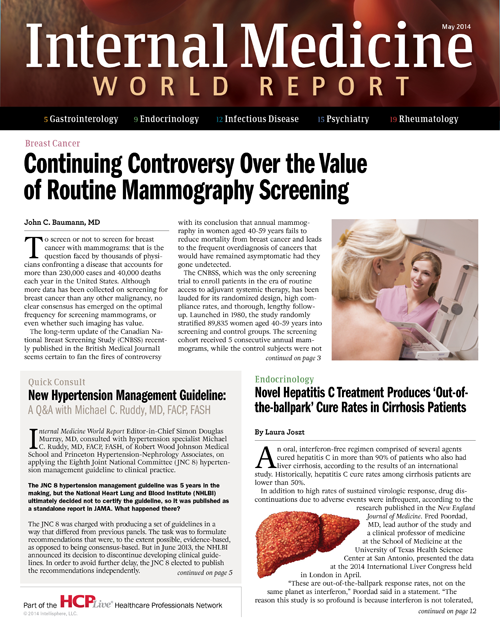Gout and Psoriatic Arthritis Risk Factors Revealed in Study
Because they can share similar symptoms, gout and psoriatic arthritis are commonly misdiagnosed.

Because they can share similar symptoms, gout and psoriatic arthritis (PsA) are commonly misdiagnosed. It’s worth pointing out some differences, such as gout is associated with high blood uric levels, while PsA generally affects the skin and nails.
An estimated 8.3 million Americans have gout—and it appears to be on the rise in the US, according to the American College of Rheumatology (ACR).
The big toe is a common pain point for people with gout, though other symptoms include redness, swelling, and heat and stiffness in one or more joints. In 2012, the ACR published guidelines for gout diagnosis.
In 2 studies, the Health Professionals Follow-up Study and Nurses’ Health Study, researchers from the department of dermatology at Brown University looked at the potential connection between gout, high uric levels, and both psoriasis and PsA. They found it is not uncommon to find elevated uric levels in people with psoriasis, and yet, there is no scientific proof that high concentrations of uric acid are causative factors for PsA.
With 2,217 cases of gout reported, the results of the study concluded “psoriasis was associated with an increased risk of subsequent gout with a multivariate HR of 1.71 (95% confidence interval [CI] 1.36 to 2.15) in the pooled analysis. Risk of gout was substantially augmented among those with psoriasis and concomitant PsA (pooled multivariate HR: 4.95, 95% CI 2.72 to 9.01) when compared to participants without psoriasis.”
In the study, researchers used survey criteria from the ACR to determine the gout diagnoses. When calculating confidence intervals, they used Cox models to control for risk factors while also adjusting for several common risk factors.
But getting the diagnosis right continues to present challenges. A Russian study suggests the importance of using MRI in conjunction with X-ray to understand subtleties between gout and other arthritic conditions and to help make a better diagnosis.
In the study, researchers used both magnetic resonance imaging (MRI) and X-ray to assess the joints of 120 people between 18 to 58 years of age who were diagnosed with psoriatic, gouty polyarthritides, and rheumatoid arthritis. When comparing both arms of the research, they found X-ray detected joint changes in “boney structures,” while MRI performed better in terms of early detection.
“Articular syndrome and extra-articular manifestations of the inflammatory process were identified by MRI earlier than subchondrial erosions were detected by X-ray study in patients with psoriatic polyarthropathy,” the authors wrote.
Another key finding using the MRI was its ability to detect bone marrow edema syndrome. “MRI could enhance the informative value of clinical and radiographic examination of patients with psoriatic polyarthropathy,” the report concluded.
